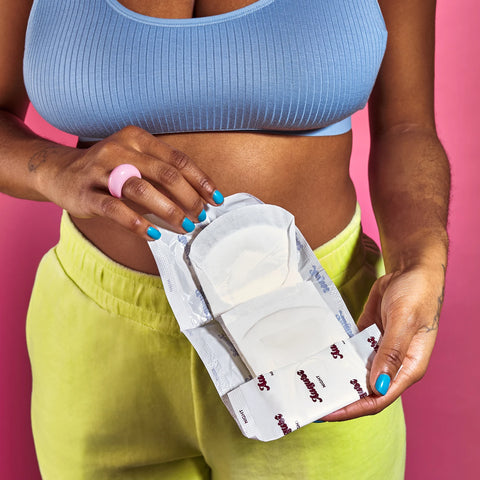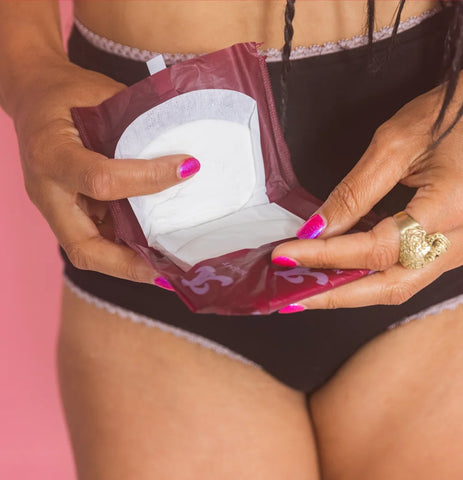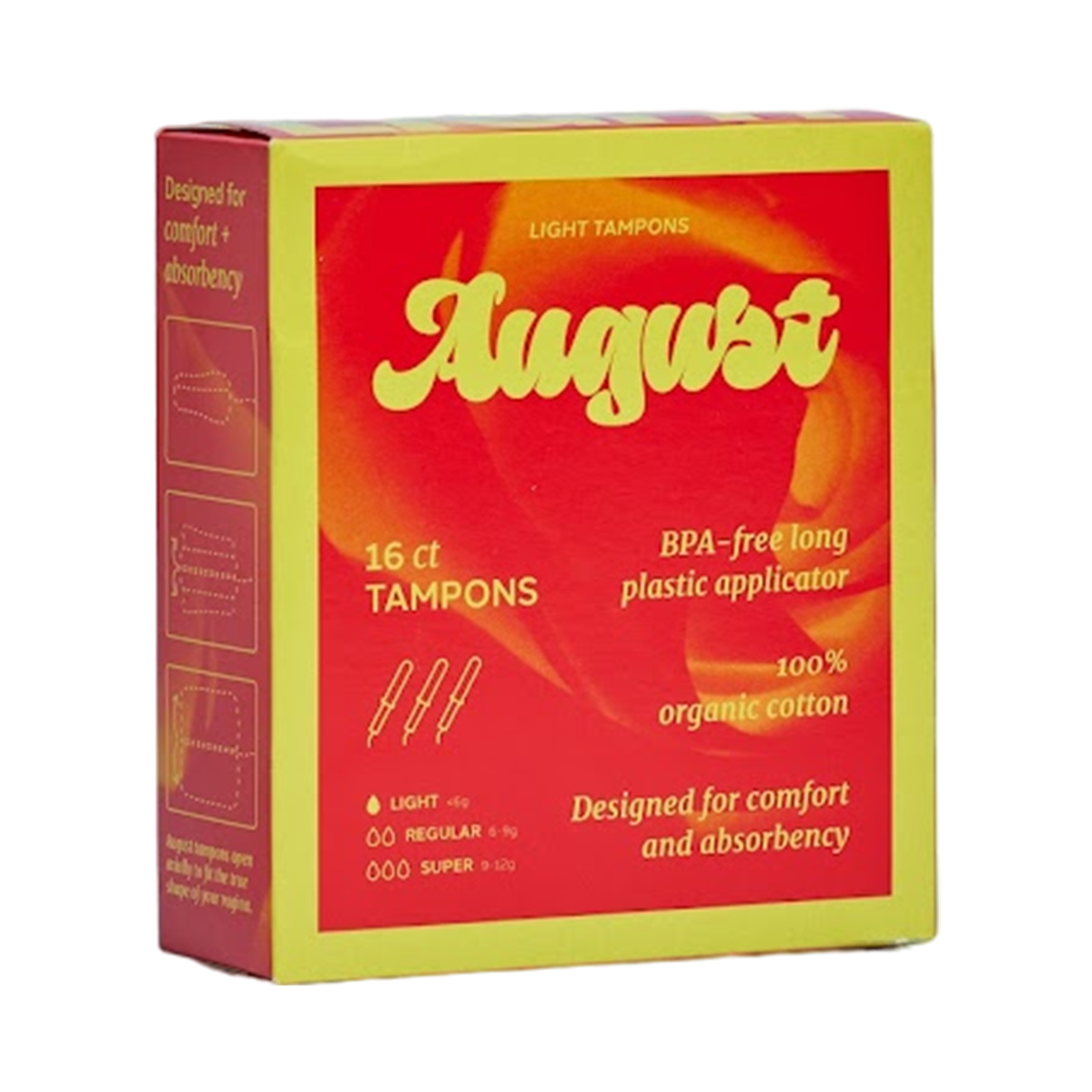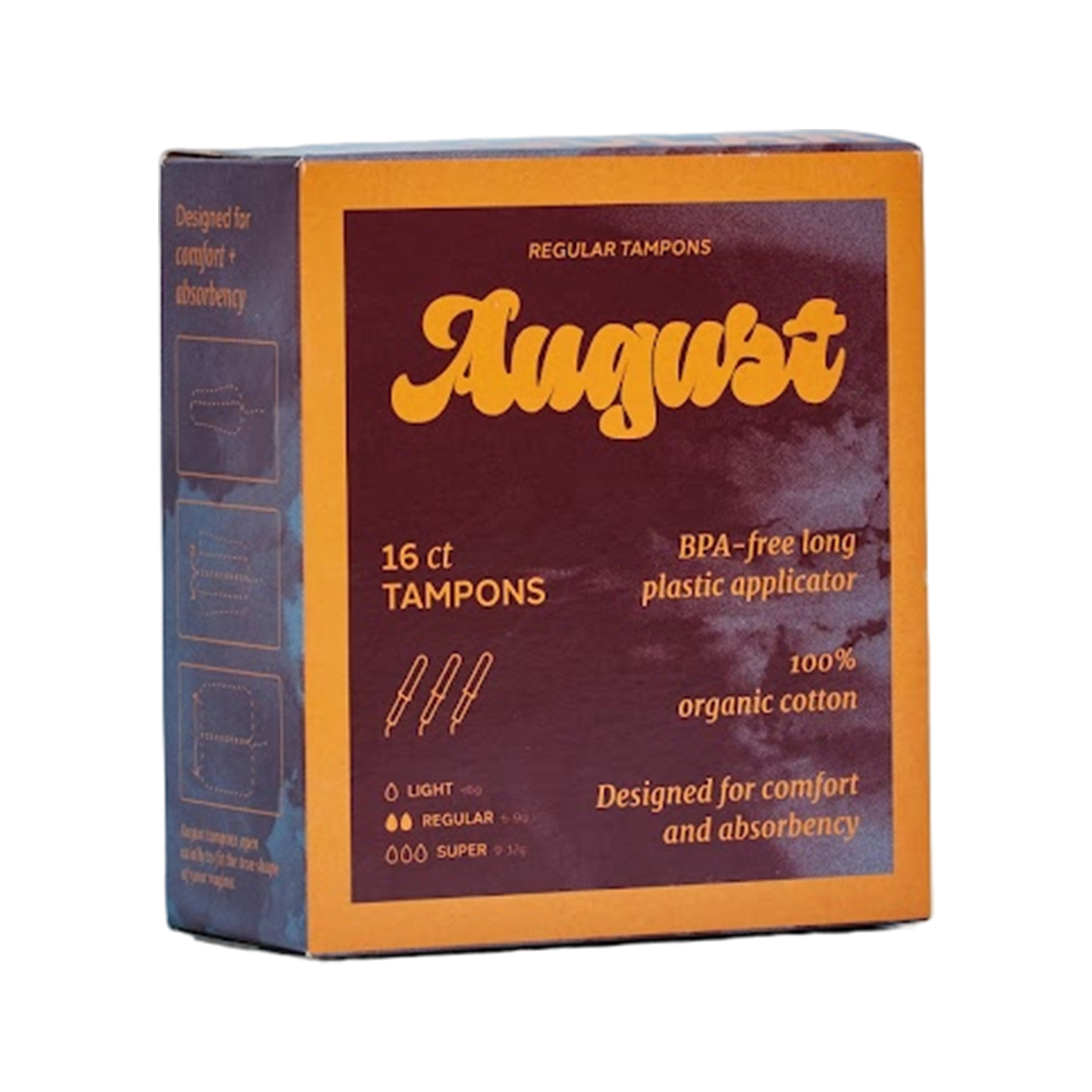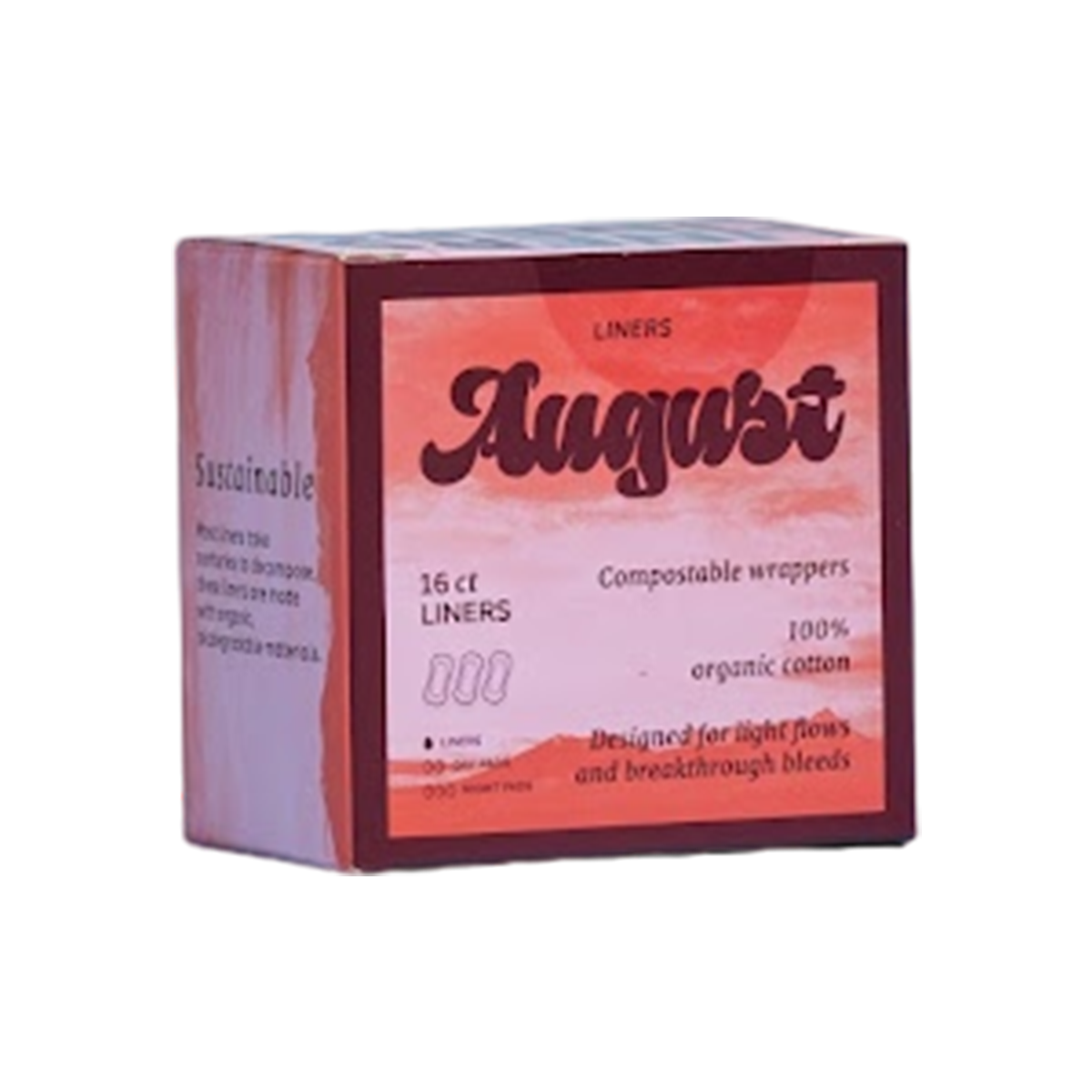Let’s talk about TSS!
Before we scare anyone – like a normal health class teacher might – we want to be clear about the severity of TSS.
Although at its worst, toxic shock syndrome can be life threatening, strep throat is actually a more common cause of TSS than tampon use!
Keep reading to find out what ‘TSS’ stands for, how it happens, symptoms of TSS and if it’s preventable.
All information verified by Dr. Staci Tanouye (she/her) MD FACOG, OB/GYN
What is TSS?

Toxic Shock Syndrome (TSS) is a serious, life-threatening condition caused by bacteria getting into the body and producing bad toxins.
On a more medical level, these bacteria are typically found on the skin, in the nose and in the mouth without causing harm. However, if they find their way into the body, they can release toxins related to TSS that damage tissue and stop organs working.
What are the signs of Toxic Shock Syndrome?

- A high temperature
- Flu-like symptoms (i.e. headache, cold sweats, fatigue, aches throughout the body, sore throat and possibly a cough)
- Dizziness, fainting, and general confusion
- Vomiting or diarrhea
- A rash that looks like a widespread sunburn
- Lips, tongue and the whites of the eyes turning a bright red
- Being short of breath
Is loss of hair & nails a sign of TSS?
No, it is not a sign of acute TSS symptoms or infection, but it can be a sequelae during or after recovery from TSS or any cause of sepsis.
What does TSS feel like?

TSS sort of feels like a really severe form of the flu with some added symptoms of skin irritation and confusion…
How soon do these symptoms appear?
TSS symptoms will appear suddenly and then get worse very quickly.
If symptoms can be diagnosed and treated early enough, most people will make a full recovery. If the bacteria lingers and TSS symptoms progress, it can be fatal.
How do you get TSS?
Although tampons are the cause of 50% of TSS cases, it can also be caused by:
- Burns
- Boils
- Insect bites
- Infections after surgery
- Using barrier contraceptives made for vaginas, such as a contraceptive diaphragm or cap
- Infection after childbirth
How does a tampon cause TSS?

Leaving tampons in the vagina for a long time can provide the medium and oxygen content that would encourage TSS-related bacteria to grow. This is especially true of super-absorbent tampons.
Tampons can stick to the vaginal walls, especially when blood flow is light, causing tiny abrasions when removed.
Tampons do not directly cause TSS – a specific strain of the bacteria Staphylococcus aureus and streptococcus pyogenes are the causes of the illness – not the tampon.
However, those who use tampons during their period have a higher risk of TSS than those who do not.
Can you also get TSS from using pads, or just tampons? (in terms of period products)

While most cases of menstrual related TSS are related to tampon use, there are very few case reports of TSS in people using pads and menstrual cups.
That being said, it’s still recommended that you wash your hands and change your product often so that...
- you don’t leak through
- and to avoid other bacteria and smells to build up
Try August’s organic cotton pads HERE!
How do you prevent TSS?

As a menstruator, the main thing is to:
- Wash your hands before inserting a tampon or putting a pad on
- Change out your tampon OFTEN (appx. every 4-8 hours depending on your menstrual flow).
- Use the lowest absorbency tampon for your needs
- Don’t use tampons or menstrual cups when you’re not menstruating
The best way to prevent all other ways of getting TSS is to ensure proper cleaning of any cuts, abrasion, wounds, or burns.
- Clean any injuries to the skin with soap and water as soon as possible
- Try to keep wounds clean and dry as they heal
- Avoid scratching insect bites to the point of breaking skin
- Avoid popping skin boils or other skin bumps as this could introduce infection under the skin
What are treatment options for TSS?
As Mayo Clinic explains, developing TSS likely results in hospitalization. Once in the hospital, you’ll receive:
- antibiotics to combat the infection
- medication to stabilize blood pressure if low
- fluids to help with dehydration
- care needed for any other signs & symptoms you’ve developed
At worst, you’ll go through surgery to remove or drain the infected spot.
How common is TSS? Should I be scared of toxic shock syndrome?

TSS is a rare condition so you don't need to be overly scared, but it also shouldn't be laughed off.
About 0.8-3.4 per 100,000 American people are diagnosed with TSS each year, and while it is serious, it is not necessarily fatal.
For tampon-use cases of TSS, it’s just 1 in 100,000 people in the U.S.
If TSS is diagnosed and treated early there is a good chance of recovery (about 70%)
People who die from toxic shock are killed by the body's response to the toxins released by staph bacteria. The large amount of bacterial toxin overwhelms the body and can lead to low blood pressure that is difficult to correct and organ failure.
Can you get TSS again after having it once?
Unlike some other diseases, people who have had TSS can develop it again – they are not immune [TSS Info Service]. Keep note of signs and symptoms of TSS in the future, particularly when you have infections, wounds, burns, or are recovering from surgery.
It is also advised to avoid tampons or internal contraceptive devices if you’ve had TSS in the past. Try August pads & liners instead!










